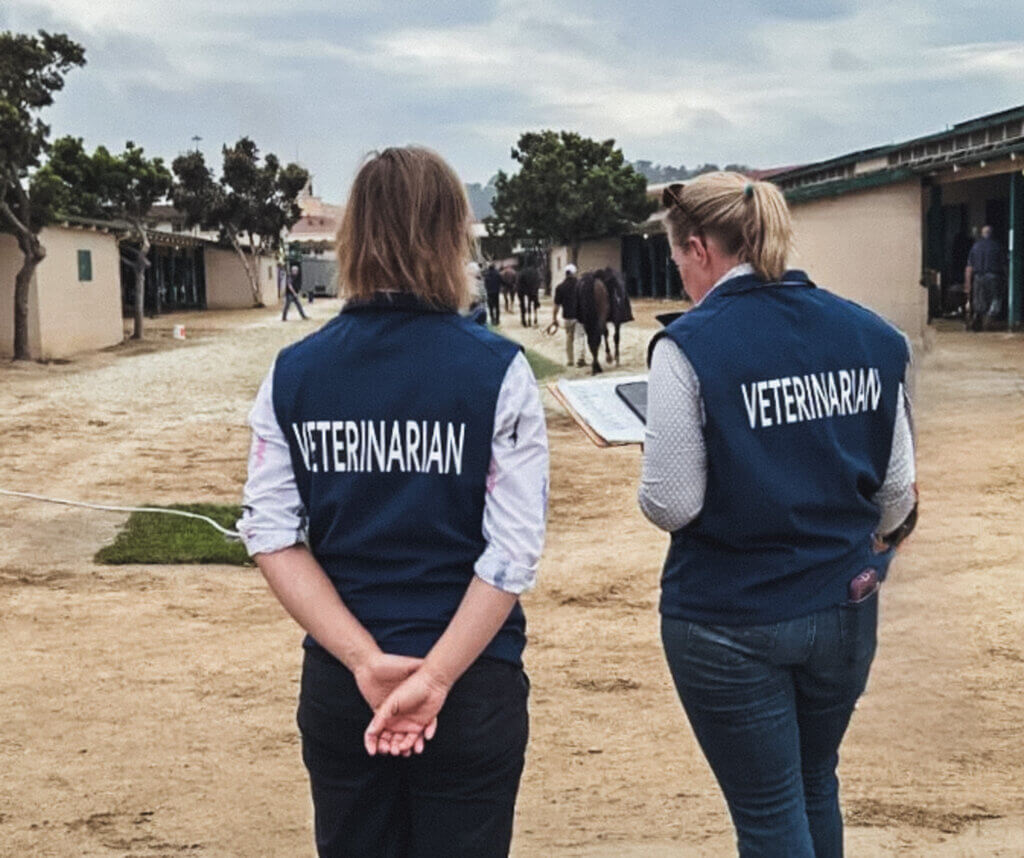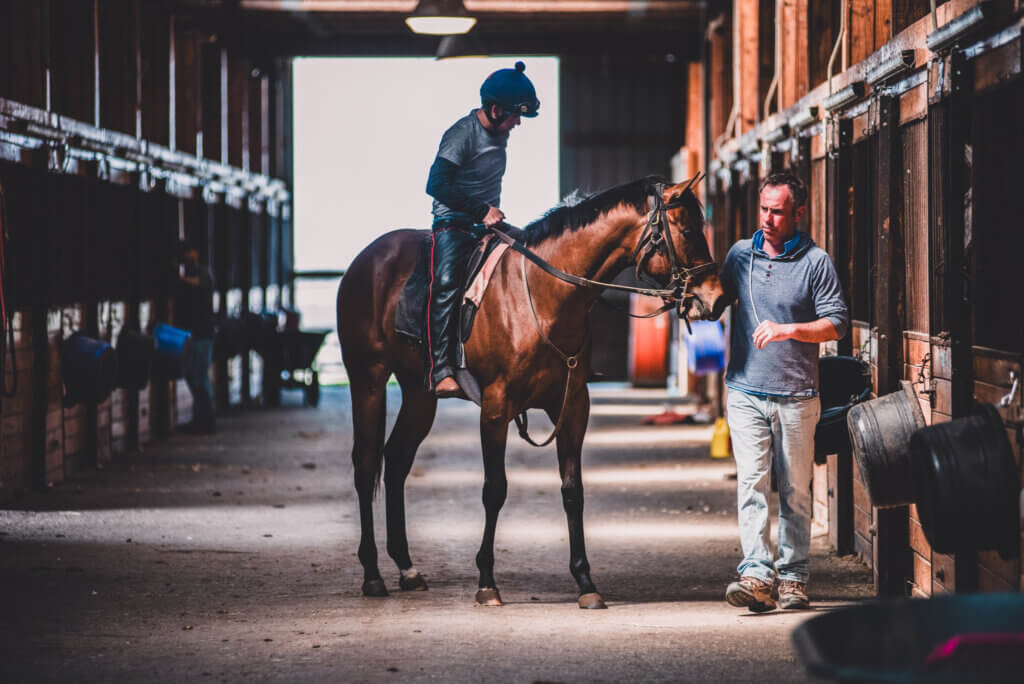JRA Calls on Top Eventer Boyd Martin for Ex-Racehorse Clinic, Thoroughbred Daily News, 2nd January 2024. Read full article.
At no time has the issue of welfare within the horseracing industry been more of an important topic, and that includes what happens to horses beyond their racing careers. Encouragingly, there is much work being done around the world to ensure that retired racehorses are homed and utilised in a range of ways, from being companion horses through to competing at the highest level in other disciplines.
With a leaning towards the latter option, the Japan Racing Association (JRA) hosted a clinic with leading event rider Boyd Martin in the week before Christmas.
Based in America since 2007, the Australian-born Martin recently collected his seventh Rider of the Year Award from the United States Eventing Association. Along with competing all over the world, he has been a regular visitor to Japan, where the three-day clinic included tuition and advice in cross-country, showjumping and dressage. Held in conjunction with Godolphin’s Lifetime Care programme, the programme also featured guest appearances from top jockeys Christophe Lemaire and Hiroshi Kitamura to discuss the versatility of the Thoroughbred.
“It’s been absolutely brilliant,” Martin told TDN as the clinic wrapped up. “This is the fourth time we’ve done this clinic and it’s awesome coming out to Japan, working with all the Japanese riders with a lot of retired racehorses. There were 36 horses here at the clinic and we were lucky enough to use the venue where the Tokyo Olympics were held, right in the centre of the city.”
The work did not all take place in the saddle, however, with classroom sessions supplementing the ridden phases in the arena. A number of the riders in attendance were repeat visitors from previous clinics, and one former attendee now works for Martin as the head rider at his stable in Pennsylvania.
“We had an awesome group of riders. They were all passionate about restarting Thoroughbreds in their second career once they’ve finished racing,” he said.
“There was an assortment of off-the-track Thoroughbreds: some that had not finished racing long ago, and then a few that have been converted into sport horses for a couple of seasons. We had six or seven groups, some Thoroughbreds looking to change career into eventing, a number into showjumping, and then a couple of groups of dressage.”
Martin is a fervent believer in the power of the Thoroughbred in other disciplines, especially his own field of three-day eventing. He speaks from experience, too, having campaigned the American-bred former racehorse Blackfoot Mystery, a gelding by Out Of Touch whom he took all the way to the Olympics.
He said, “In the sport of eventing, our most influential phase is the cross-country, where we need an animal that’s got stamina and endurance and athleticism to take us around the courses. And the off-the-track Thoroughbred is the ultimate breed. The horses are born and bred to gallop and run, and their spirit and nature is just a horse that gives its all. And if we can find ones that are good at the dressage and showjumping, there’s no better horse in the world.”
Martin continued, “I rode an off-the-track Thoroughbred around the Rio Olympics in 2016. And through my success there, I had to give a speech at the Preakness on how unbelievable this horse was. Blackfoot Mystery came through a retired racehorse programme.
“At the same time, the folks from Godolphin and the JRA and the National Riding Club Association of Japan were really looking to change the culture a bit in Japan and to make sure that the horses had a second chance of a new career once they finished racing here, and that’s how I ended up getting involved.
“With the racing in Japan, there’s a lot of longer-distance racing. The Thoroughbreds here are bigger, stronger animals. And they’re just beautifully suited to a second career as a sport horse because they are big-boned and they’re tall and rangy, and the majority of them have just wonderful movements.”
Blackfoot Mystery went from being unsold when offered as a yearling to making three underwhelming starts on the track in California before eventually finding his metier at five-star level in eventing, the equivalent of being a Group 1 winner. The fact that, with Martin, he represented America at the Olympics at the age of 12 is also testament to the great durability of Thoroughbreds, wherever their second walk of life may take them.
“It’s something I’m very passionate about, and I’m very honoured and privileged that they’d have me out here to do this,” said Martin.
“This is the fourth year we’ve done it. And each year the quality of training and the quality of riding is getting better and better.”



